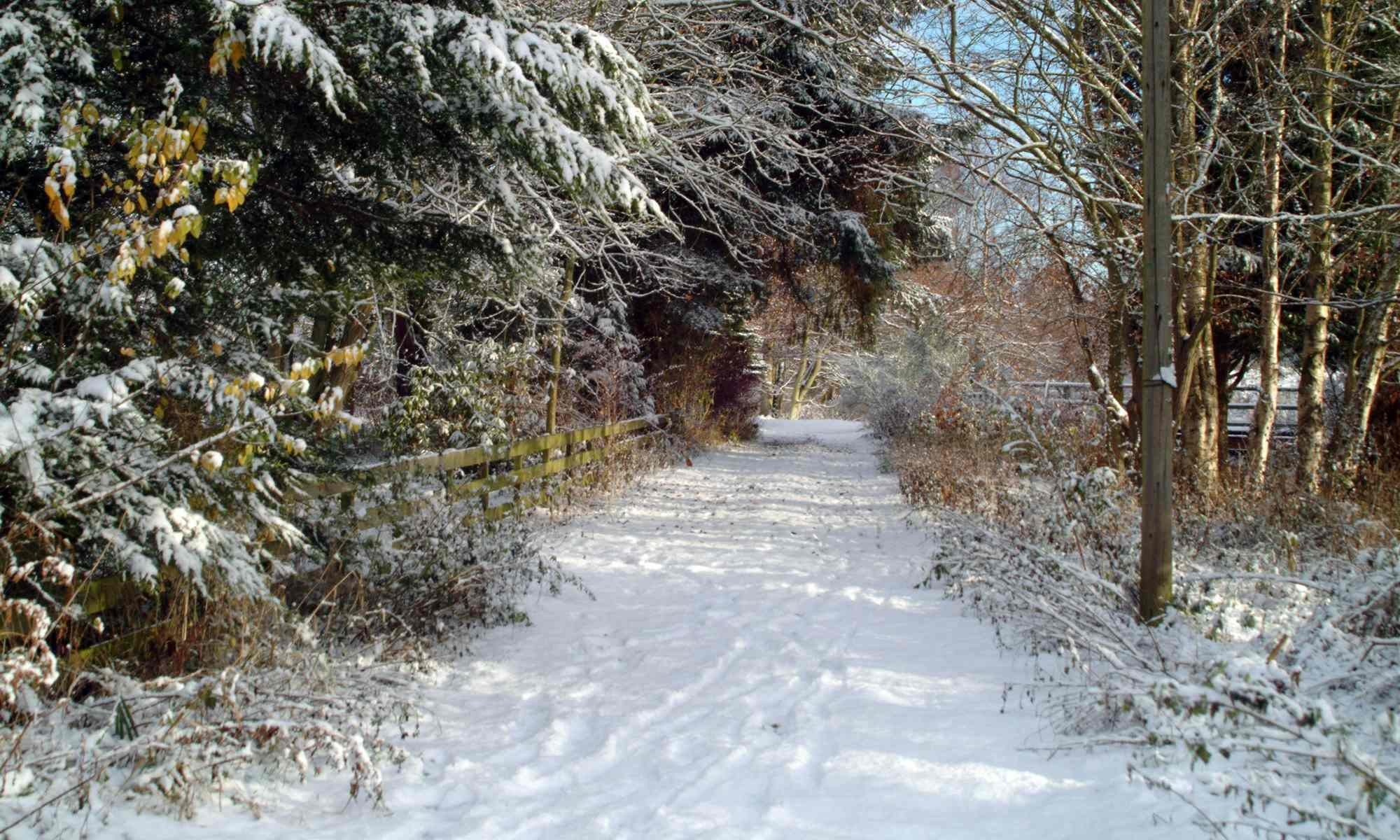Originally posted 2013-06-07 12:19:52.
Just about the first thing that everyone notices when they get their dream house in France, and I base this on an admittedly unscientific but extensive post-prandially-conducted survey, is the damp. Unless they have bought in the Midi, of course. For those further north or west, it is a big issue.
Ask anyone yourself. You’ll soon see that this is the case. You might be forgiven for thinking that parts of France were perpetually under water, from the stories you hear. They’re not; it just can seem that way.
In order to get some sense of perspective on this, let’s examine a few facts. Large areas of France are indeed very wet. A quick glance at the map will show that weather systems coming in from the Atlantic under the prevailing westerly wind have a choice; they can either swing up north and east and drench Wales, Ireland, the north west of England and of course Scotland, or they can slip in over the Bay of Biscay and take up residence in France, where they will be nicely bottled up due to the fact that from the Med to the Rhine Basin there is a rampart of mountains which prevents any further progress.
I understand that this is to do with the exact position of the jetstream, a system of ferocious winds at very high altitude.
Normally, summers in Central France are reasonably dry and very warm. Just what the holidaymaker likes, apparently, and perfect for ripening all that lovely plonk.

Continue reading “Why Your Dream House in France has Damp Walls”












 Aghast as she began to turn away again, and now completely at a loss for words, I was once again reminded of the sheer brilliance of my wife in situations like this. Knowing that she could not hope to plead her case in French, she had slipped over to the car, unstrapped Calum, and now appeared with him in her arms; when she knew she had the dame’s attention, she lowered the towel wrapped around him to show the lad’s bare bottom, and just said one of the few French words she knew by heart, because she needed it so often. “Couches!”
Aghast as she began to turn away again, and now completely at a loss for words, I was once again reminded of the sheer brilliance of my wife in situations like this. Knowing that she could not hope to plead her case in French, she had slipped over to the car, unstrapped Calum, and now appeared with him in her arms; when she knew she had the dame’s attention, she lowered the towel wrapped around him to show the lad’s bare bottom, and just said one of the few French words she knew by heart, because she needed it so often. “Couches!”


You must be logged in to post a comment.